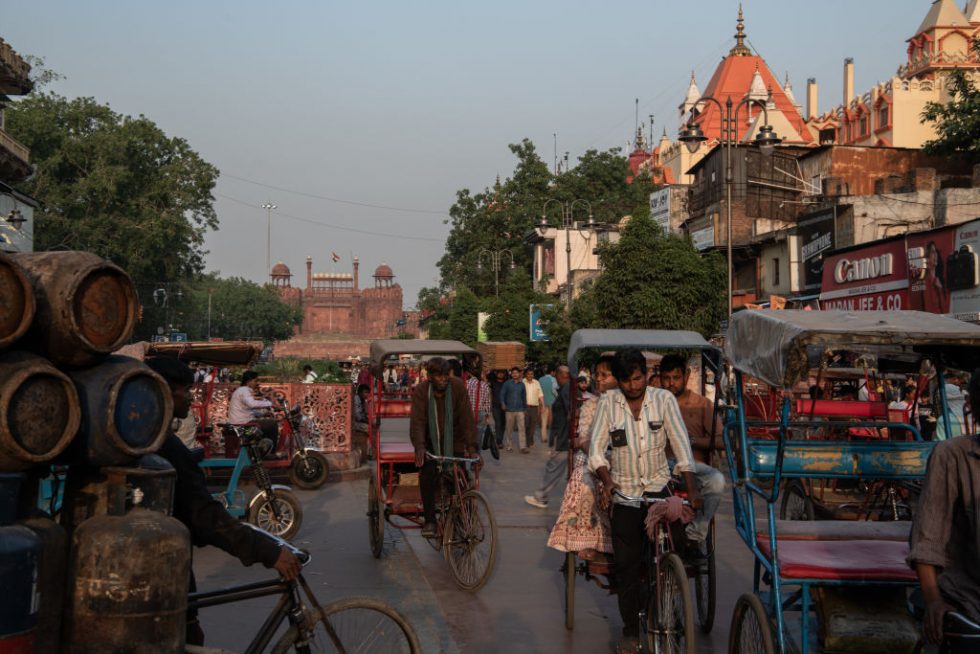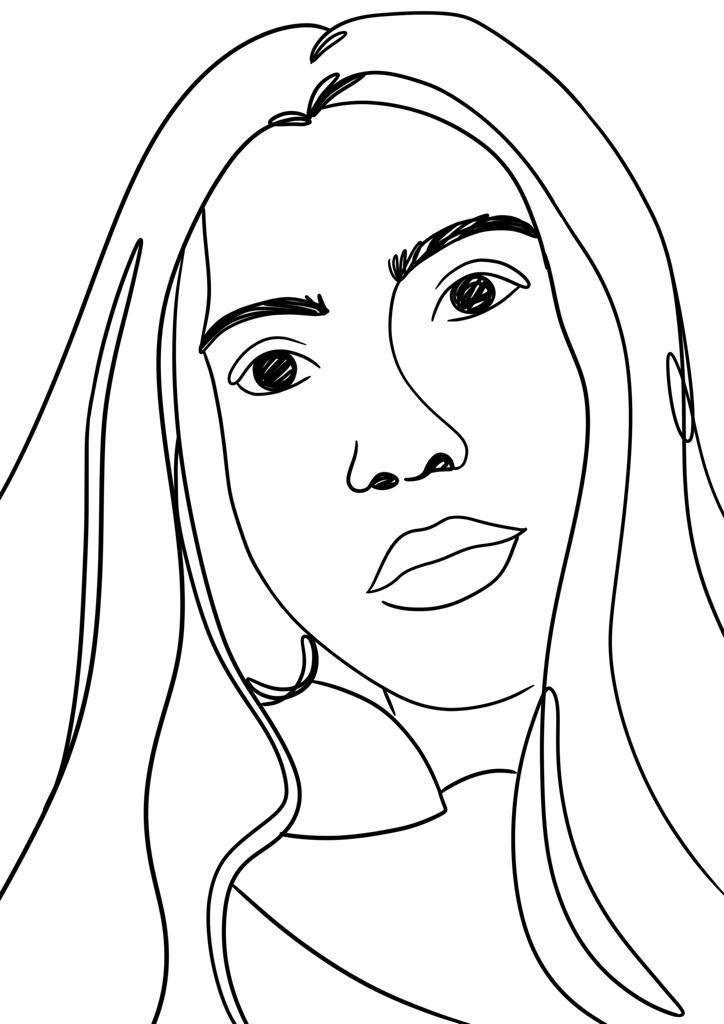 Getty Images
Getty Images Between April 19th and June 1st, around 970 million Indians will be able to choose the parliament representative responsible for defining who will be the country’s next prime minister. It is the biggest election in the world, with seven stages and lasting 44 days.
With the largest population in the world, with approximately 1.428 billion people, India divides the election into stages so that the electronic voting machines, policing, employees who work in the process and even the ink that marks voter’s hands proving they have voted are sufficient. There will be more than 15 million employees and 5.5 million electronic voting machines spread over one million voting locations.
How India’s electoral process works
1. By direct vote, the population chooses parliament representatives.
2. The election takes place in seven stages— in each stage a region of the country votes.
3. After the last stage, all the ballot boxes are opened, and the total number of votes are counted.
4. The parliament, by majority, indicates the prime minister, who governs the country for five years with no limit to how many times he can be re-elected.
The current government
According to surveys, the current prime minister Narendra Modi, who has governed since 2014, should secure his third term, as his party should increase their numbers in the parliament.
During the current government, India had the fifth largest Gross Domestic Product in the world: 3.7 trillion dollars (19.2 trillion reais). Large investments in technology collaborated to this growth. However, it is still a poor and very unequal country, with the smallest GDP per capita in the G20 economic group, even lower than Bangladesh, for example.
According to João Paulo Nicolini, a doctoral student in political sciences at the Universidade Federal de Minas Gerais, part of Modi’s popularity comes from his Hindu discourse (Hinduism is the predominant religion in India). “As well as his upward trajectory, as he comes from a lower caste”, he says.
The caste system
The ancient caste system helps to understand the social and economic scenario in India. Predicted in the Hindu book Manusmriti, it divides society in four levels, in a hierarchy that concentrates many privileges for the minority of the population. It is hard for someone who is born in a lower caste to leave that caste. Despite having been banned by the Constitution of 1950, “the system brings life and shapes society. There are few weddings between people of different castes and jobs are still largely defined by them”, states Nicolini.
| CURIOSITIES ABOUT THE INDIAN ELECTION – Voting is not mandatory; in the last elections, 612 million people voted. – On voting, voters receive an ink mark on their fingers – it is the proof that they have voted. The blue ink lasts a few days. – The dispute has six national parties, 57 state ones and 2.597 other smaller parties. – As almost a quarter of the population is illiterate, political parties receive a symbol, such as a lotus flower and an arrow, so that voters can recognize their candidates. – Election expenses reach 1.2 billion rupees (74.6 billion reais). |








